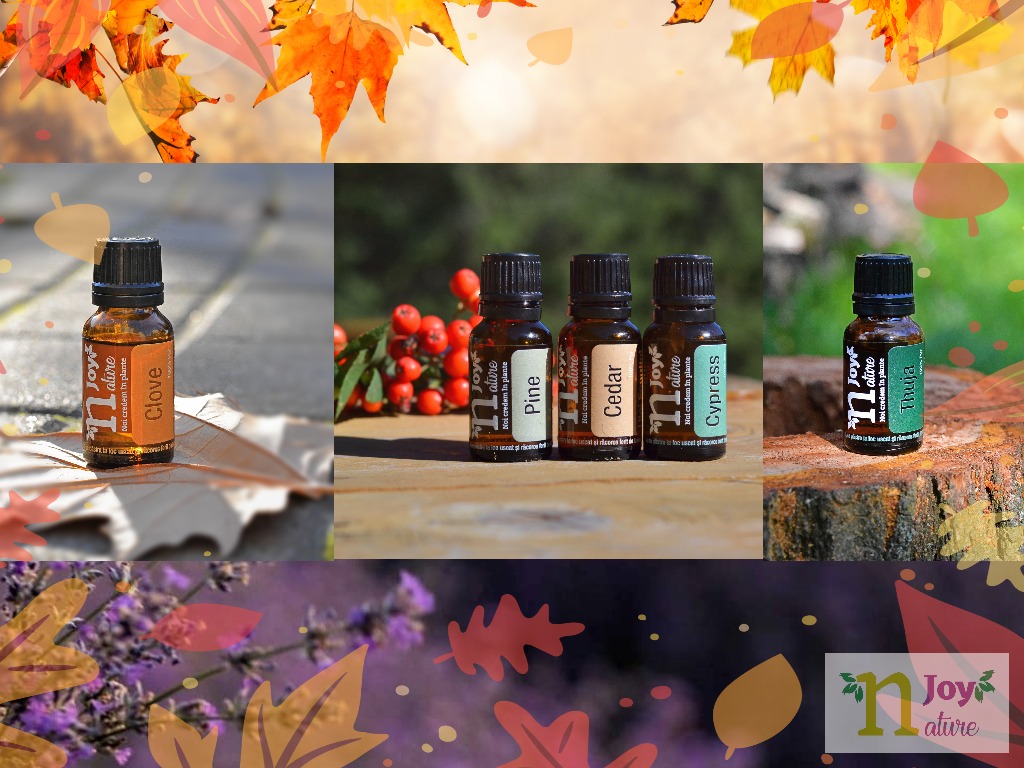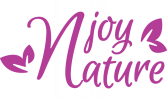How do we integrate essential oils into everyday life?

Essential oils have become a controversial topic again these days, with more and more people going holistic and becoming interested in their natural healing power. The question of every beginner in the vast world of oils is how exactly to use them and integrate them into the daily routine, and to be able to answer this question we must first talk about Aromatherapy, the branch of which these essential oils are a proud part.
WHAT IS AROMATHERAPY?
Aromatherapy has existed since ancient times, being used by ancient civilizations for therapeutic, cosmetic and spiritual purposes. This is an alternative holistic therapy that deals with the use of plant extracts, resins or wood to promote well-being and improve health. Aromatherapy consists of studying and using certain essences on the sense of smell to bring about positive changes and transformations in us. Smell is the main channel through which aromatherapy can have an influence on people because it is closely related to the limbic system, which receives instant stimuli and signals. The limbic system is responsible for hormonal balance, emotional balance and memory, and aromatherapy triggers responses and information that our brains process. It is also called oil therapy because essential oils play an important role in aromatherapy.
So how do we use and integrate essential oils into our daily lives? Below are some effective methods to start using aromatic oils and you will be pleasantly surprised at how easily you can integrate them into your daily routine.
1. EASY INHALATION
You can enjoy your favorite oil simply by smelling it from the smoky bottle, at any time of the day. Try to relax at the moment of inhalation, breathing deeply and consciously several times, joyfully receiving the chosen aroma. Thus, your body will send signals to the brain, and it will calm down, and the whole body will go into a wonderful relaxation.
Apply 1-2 drops of essential oil to a tissue, place it a few centimeters away from your nose and inhale (essential oil is not recommended to come into direct contact with skin, eyes, nose or lips). When trying an essential oil for the first time, use only one drop to make sure you don't have an allergic reaction or sensitivity to that oil.
2 STEAM INHALATION
Steam inhalation is great when you need a little relaxation or energisation, or when you have breathing problems. In case you didn't know, this is also very beneficial for the skin. It is a useful and powerful therapy for health, in fact it is one of the most effective and safe natural solutions for the flu or cold, for cleaning the sinuses.
Boil some water, about 2-3 cups, then pour the water into a bowl and add 2-5 drops of essential oil to the water. Use fewer drops if you use an oil that causes irritation on the mucous membrane (such as cinnamon, eucalyptus, rosemary, pine, thyme, etc.). Place your nose about 12 cm from the hot bowl and inhale the aromatic steam. It is not recommended to inhale constantly, but with some pauses, and if you feel discomfort, stop immediately! Inhaling steam is beneficial during colds and flus, for unclogged sinuses and better breathing. You can use both energizing oils during the day for a boost of energy or relaxing and soothing oils for a restful sleep.
3. USING THE AROMA DIFFUSER
Use an aroma diffuser with care and attention. It has been found that our body can process the properties of essential oils for about 20 minutes continuously. Then a break is needed. Choose a few favorite essential oils and create your own blend, which you can feel with your whole being, in the diffuser. This therapy helps during meditation, yoga practices, in moments of concentration or restlessness.
4. FOR HOME REFRESHMENT
Add a few drops of essential oil (Pine, Grapefruit, Orange, Peppermint, etc.) to the trash can, washing machine, floor scrubber, vacuum filter, or drawers and cabinets. Do not let the essential oil come into direct contact with furniture or parquet, because due to the high concentration of natural chemical compounds, it could spoil it.
5. INSECT REPELLENT
Many essential oils such as Citronella, Lemongrass, Lavender, Peppermint, etc. naturally repel insects. You can place wipes or cotton balls with essential oil near doors, windows and dark corners in rooms to keep the little invaders at bay. Be careful to read the instructions for use of the oils, as some are not suitable for pets.
6. MASSAGE or application to the skin
Add about 12 drops of an essential oil suitable for the skin, such as Lavender, Jasmine, Harshiangar, Tea tree, along with 15 ml of a carrier oil, such as almond, jojoba or avocado. With this blend you can massage your face and body, give yourself, your friends or your partner a massage. Keep oils away from eyes and genitals and do not apply to skin unless properly diluted in carrier oil. Always be careful and educate yourself about the benefits and side effects that essential oils can have on the body.
7. AROMATIC HOT BATH
Adding your favorite oils to your hot bath is a wonderful way to relax and recharge when you've had a chaotic, eventful day. We know it's not recommended to add essential oils directly to water due to the high concentration and because they don't dissolve in water, so you need a lovely box of Epsom, Himalayan or sea salt to mix the oils with beforehand to add them to the water.
8. OTHER WAYS OF USING ESSENTIAL OILS
Essential oils can also be used in homemade cosmetic products such as soaps, creams, perfumes, shower gels, shampoos, candles or other natural products. Throughout the Internet there are countless recipes for the therapeutic and spiritual use of essential oils for "mind, body and soul" healing. And we have a bunch of great ideas to share with you!
To be continued...
